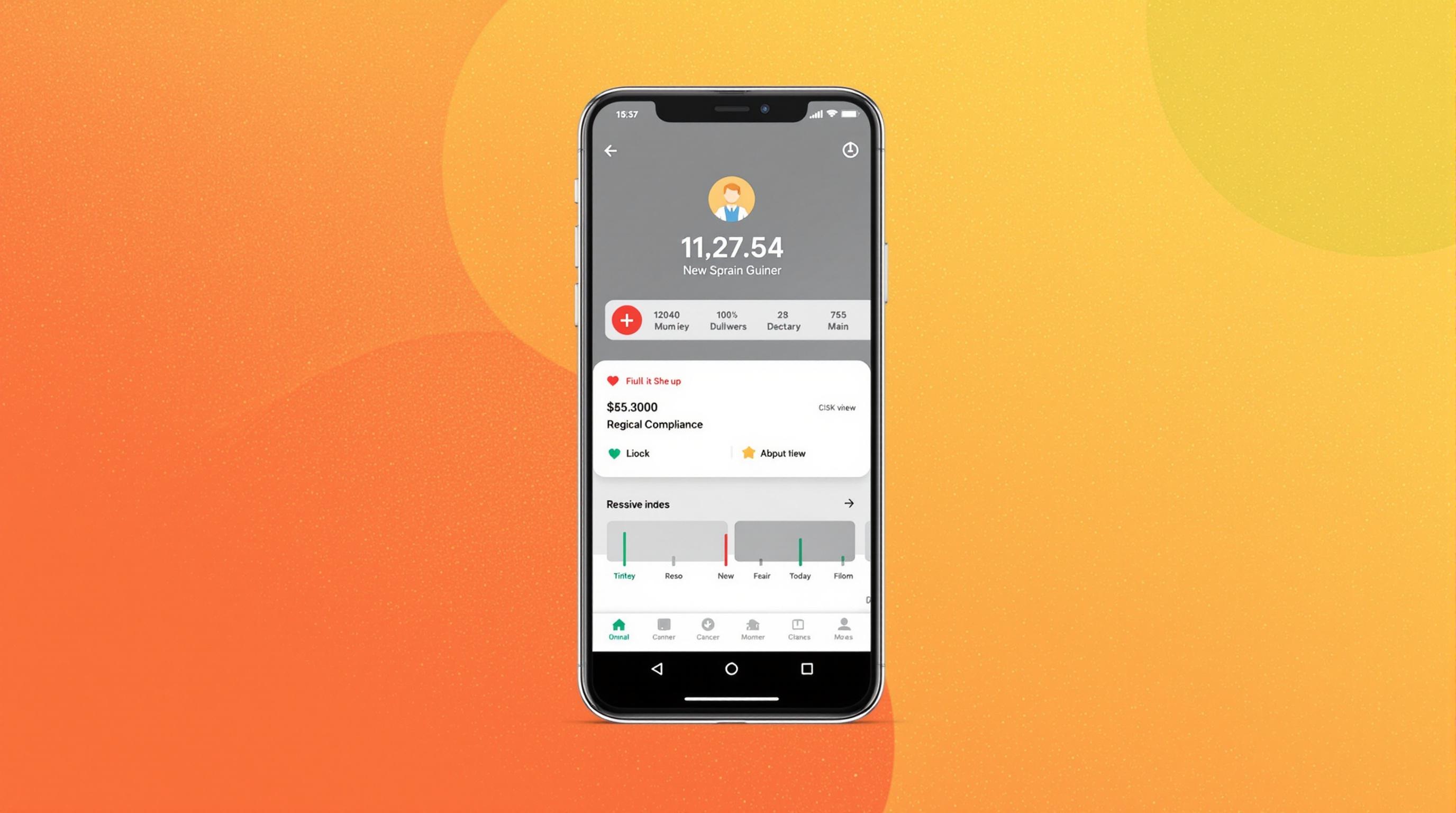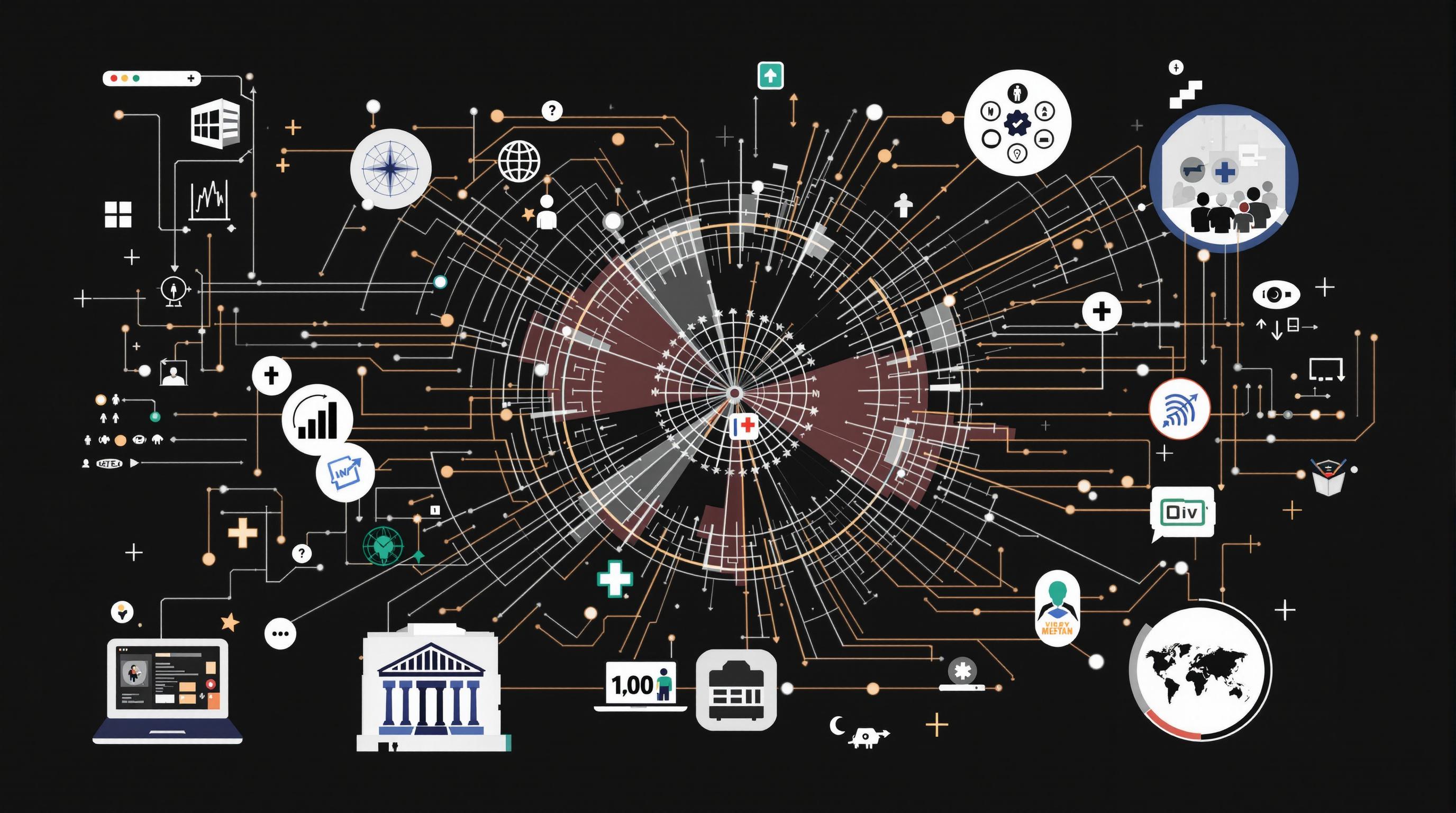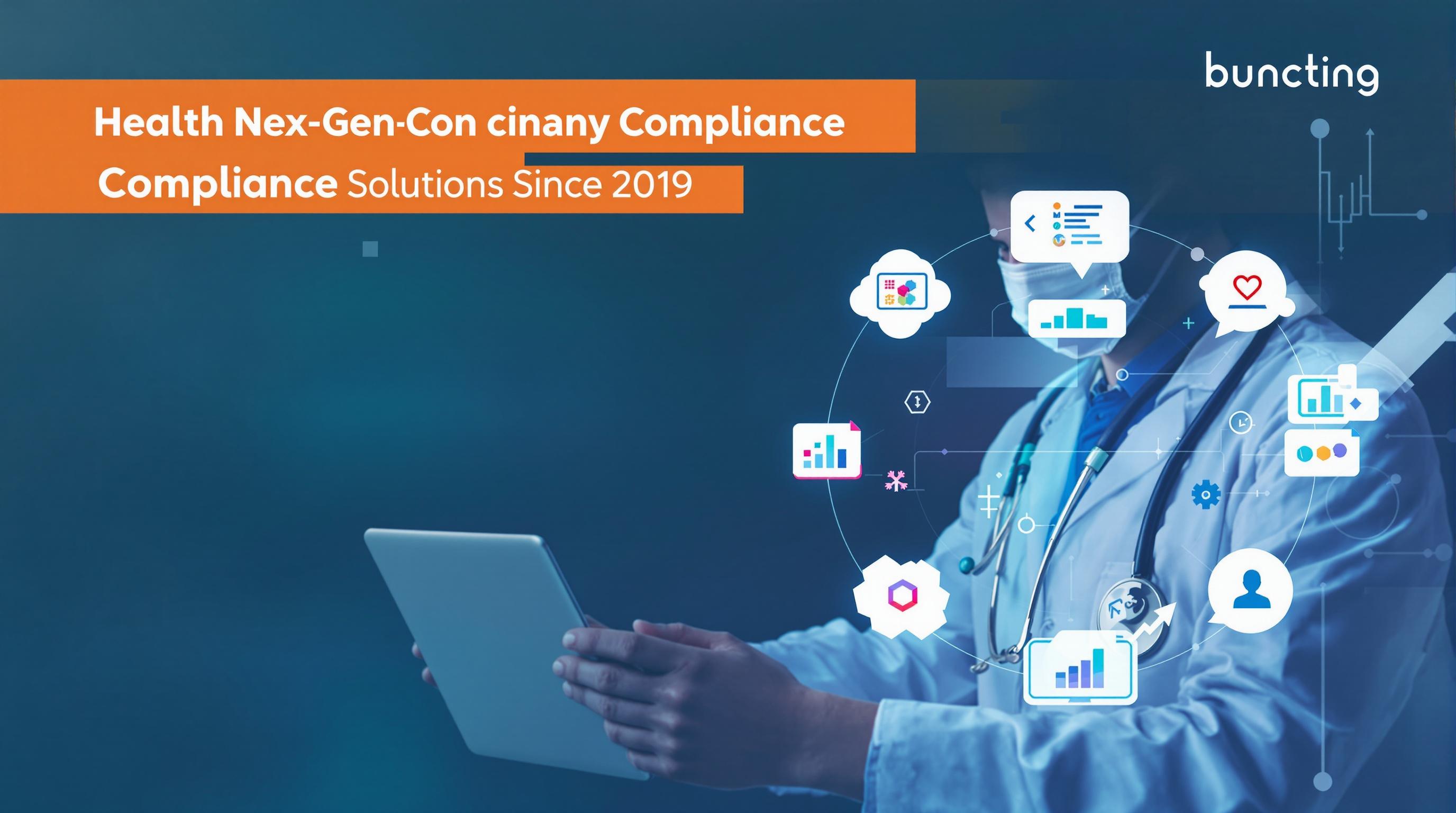Related Articles
- 7 Game-Changing Medical Compliance Apps From the Last 5 Years Redefining User Experience and Data Security
- Unveiling the Impact of Human Factors on Medical Software Adherence in Complex Clinical Settings
- Exploring Ethical Dilemmas in Medical Imaging Software: Patient Privacy and Data Ownership in the Digital Age
- Unveiling the Quiet Revolution: How Medical Imaging Software is Shaping Rare Disease Research and Diagnosis
- 5 Cutting-Edge Medication Management Apps Released Since 2019 Ranked for Accuracy and User Trust
- Unlocking the Forgotten: How Mobile Apps Are Shaping Rare Disease Diagnosis and Patient Advocacy Networks
7 Emerging Medical Software Compliance Tools Released Since 2019 Ranked by AI-Driven Risk Management Abilities
7 Emerging Medical Software Compliance Tools Released Since 2019 Ranked by AI-Driven Risk Management Abilities
The medical software compliance landscape is evolving rapidly, with AI-driven risk management tools leading the charge since 2019. This article ranks seven standout solutions based on their innovation, efficiency, and impact on healthcare regulatory adherence.
Peeling Back the Layers: Why Compliance Matters Now More Than Ever
At 55, having witnessed the slow crawl of healthcare digitization, I can say with certainty: compliance isn’t just paperwork — it’s the foundation of patient safety and organizational integrity. With increasing regulatory demands such as HIPAA, GDPR, and the US FDA’s digital health policies, medical institutions cannot afford to stumble. According to a 2022 report by Healthcare Information and Management Systems Society (HIMSS), 78% of healthcare organizations suffered from at least one compliance-related incident in the prior year, leading to costly penalties and damaged reputations.
AI at the Helm: How Risk Management Has Transformed
Emerging software solutions cleverly employ artificial intelligence to parse massive data streams and flag potential compliance breaches before they snowball. It’s akin to having a vigilant watchdog tirelessly sniffing out vulnerabilities in real-time — a feat impossible for human teams burdened by complexity and volume.
1. CompliXion360 — The Holistic Guardian
First on our radar is CompliXion360, launched in late 2020 by MedIntel Solutions. Its proprietary AI models use natural language processing to analyze policy documents, clinical workflows, and even patient interactions to highlight compliance risks dynamically.
Imagine a hospital deploying CompliXion360 during a multi-site rollout of a new electronic health record (EHR) system. The tool flagged a subtle mismatch between regional consent protocols and the software’s data capture methods—saving the hospital from potential litigation and an FDA warning.
2. MedGuard AI: A Conversational Approach to Compliance
If software could chat, MedGuard AI would be it. Released in mid-2019, this tool integrates a chatbot interface that engages healthcare workers to clarify compliance requirements on the fly. Its strength lies in real-time risk spotting, backed by machine learning algorithms that evolve with new regulatory interpretations.
Case study alert: A community clinic reduced internal compliance errors by 30% within six months using MedGuard AI, illustrating the tangible benefits of user-friendly AI assistance.1
Casual Take: Hey, Even Compliance Can Chat With You
You know how sometimes you just wish a friendly voice could help you not mess up all that legal jargon? That’s MedGuard AI for you. It’s like a wise buddy who knows the rules and reminds you just before you’re about to do something risky. Pretty rad, right?
3. HealthSecure Pro: The Heavyweight Analyst
Targeting large hospital systems, HealthSecure Pro packs serious analytical power. Introduced in 2021 by SecureMed Technologies, its AI-driven dashboards synthesize audit trails, insider threat indicators, and external regulatory demands, offering predictive insights into compliance risks.
By employing HealthSecure Pro, a major metropolitan hospital identified internal policy violations related to staff credentialing ahead of a Joint Commission audit, avoiding penalties and improving operational transparency.
Why Should You (A Young Healthcare Administrator) Care?
At 26, fresh into healthcare management, the maze of rules can be overwhelming. Tools like HealthSecure Pro cut through the chaos, making compliance not just manageable but strategically empowering.
4. RegulaTrack AI: The Quick Compliance Fixer
Fast, intuitive, and scalable — RegulaTrack AI emerged in 2019 and quickly gained traction among small-to-mid-sized practices. Its main feature: instant scanning and correction recommendations for software configurations affecting compliance.
One dermatology clinic reported a 40% reduction in HIPAA violation risks within three months of integrating RegulaTrack AI, highlighting its efficacy in resource-constrained settings.
5. AuditPilot Smart: Your Automated Compliance Co-Pilot
Automation is the lifeblood of AuditPilot Smart, released in 2022. It deploys continuous monitoring of system changes with AI-triggered alerts optimized by reinforcement learning, reducing false positives dramatically compared to previous tools.
According to a study published in the Journal of Medical Systems (2023), AuditPilot Smart reduced compliance audit preparation time by 50% across multiple pilot sites.
A Story to Remember: When Software Saved the Day
In the summer of 2023, a mid-size clinic grappled with a sudden regulatory update around medical device data integration. AuditPilot Smart not only immediately flagged the non-compliant configurations but also provided corrective workflows, preventing costly downtime. A real-life hero in digital disguise.
6. CareSafe AI: The Patient-Centered Protector
Focusing primarily on safeguarding patient data during telehealth expansion, CareSafe AI debuted in 2021 amid the pandemic surge. Its sophisticated anomaly detection algorithms spot unauthorized access attempts and data leaks, vital as remote care escalated rapidly.
Statistically speaking, CareSafe AI clients reported a 60% reduction in breach incidents within the first year of deployment, a crucial metric validated by Cybersecurity Ventures reports.
7. Compliance Nexus: The Policy Integrator
Last but not least, Compliance Nexus stands out for its ability to harmonize diverse compliance policies across global regions—a tricky presence in multinational healthcare providers.
Launched in 2019 by GlobalHealth Tech, its AI models cross-reference local laws with internal standards, providing a comprehensive risk map. A multinational hospital chain credited it with reducing cross-border compliance fines by 45% over two years.
Persuasive Closing: The Time to Invest Is Now
Healthcare compliance complexity is rising exponentially, and the old guard of manual checks won’t cut it anymore. Investing in AI-driven medical software compliance tools isn’t just about ticking boxes — it’s an investment in patient safety, institutional reputation, and legal security.
Whether you’re an experienced compliance officer or an early-career healthcare administrator, these seven tools represent the cutting edge that will define the next decade of healthcare governance.
Footnotes
1. MedGuard AI clinical outcomes from internal community clinic reports, 2021.
2. HIMSS Healthcare Security Report, 2022.
3. Journal of Medical Systems, “Impact of AI on Healthcare Compliance Audits,” 2023.
4. Cybersecurity Ventures, Healthcare Data Breach Landscape, 2022.





